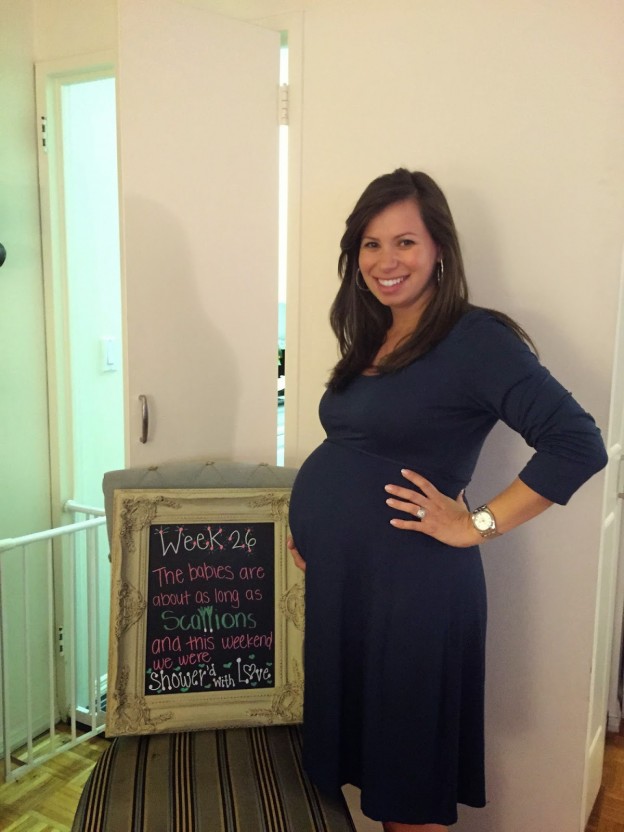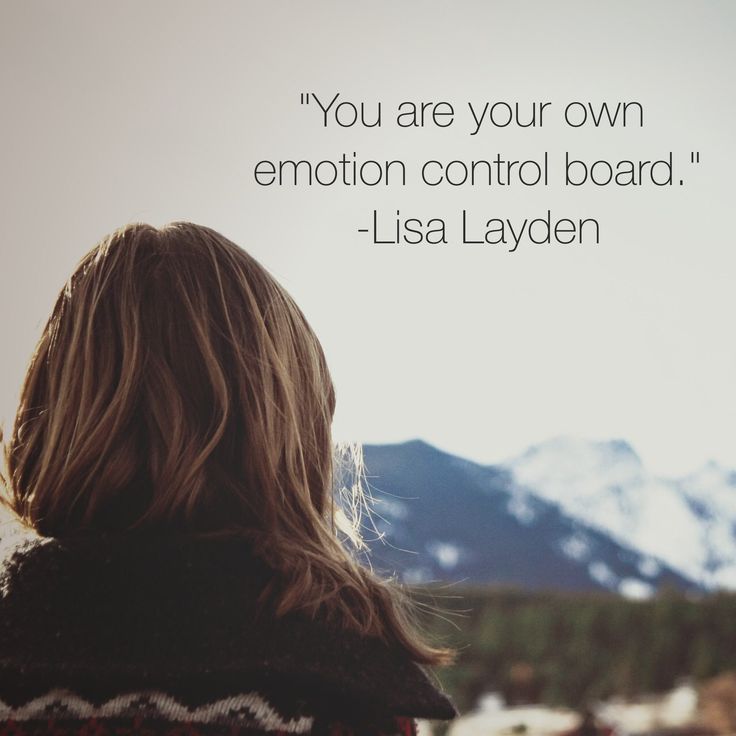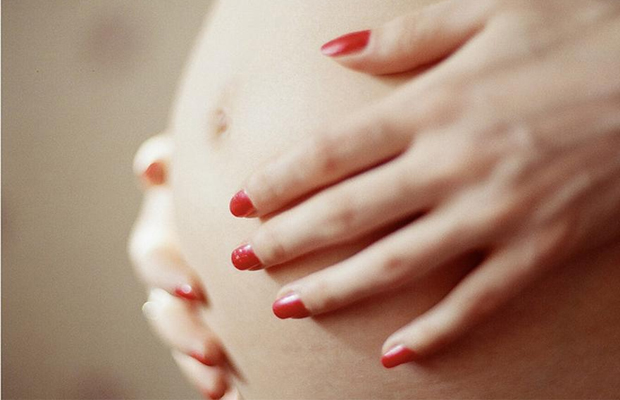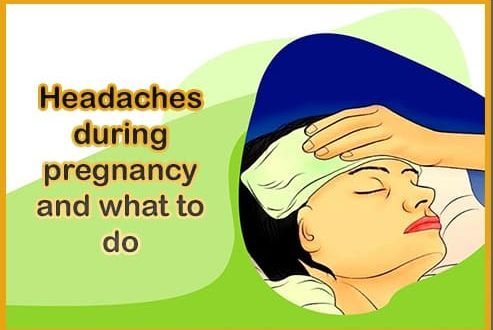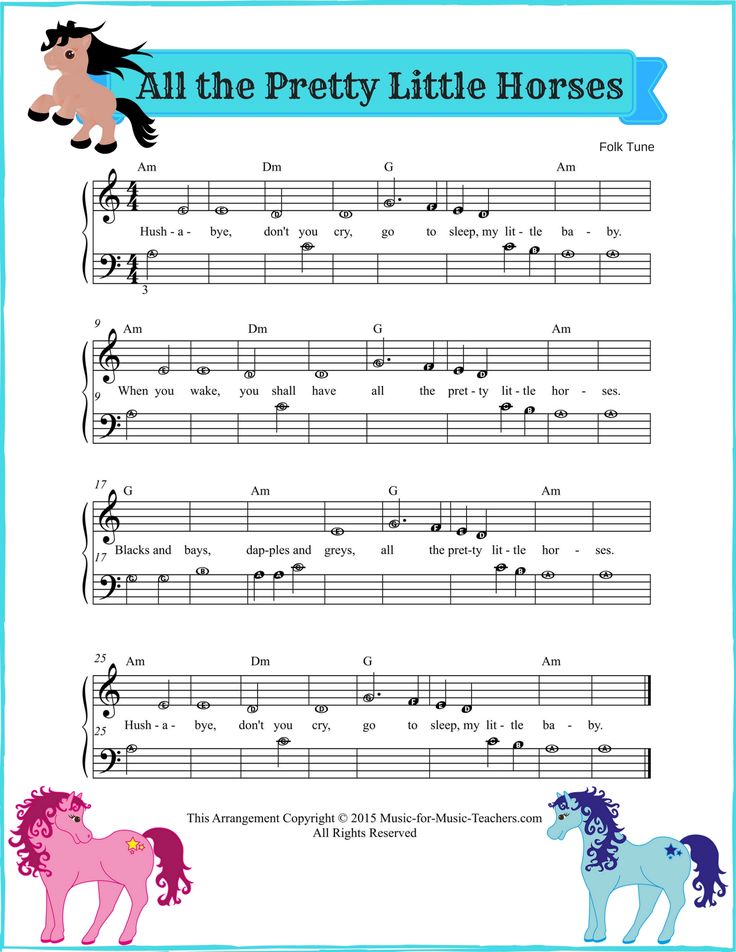Are cracked nipples normal
4 Proven Ways to Heal
What causes cracked nipples?
Although having cracked nipples is usually associated with breastfeeding, other things can cause the condition. Read on to find out about possible reasons why it may happen.
Cracked nipples: breastfeeding
Cracked nipples are a common postpartum problem in new mothers. While they are often a result of breastfeeding, nursing by itself is not a painful process with the correct technique. Below are some common reasons why it’s possible to experience cracked nipples while breastfeeding:
- Improper latching: Improper latching is one of the key causes of cracked nipples. When perfectly latched, the nipple is in contact with the back of the baby’s mouth, an area called the soft palate. This area is soft and doesn’t irritate the nipple. However, with improper latching, the nipple rubs against the hard palate, causing friction and irritation.
- Thrush: Newborns often experience thrush, a fungal infection of the mouth, soon after birth.
This can be passed from the baby to the mother while breastfeeding, causing nipple pain and irritation.
- Nipple confusion: If you’re breastfeeding as well as bottle feeding, it may lead to nipple confusion in the baby. The technique to draw milk in both methods is different, with one focused on the tongue (bottle) and the other involving the mouth (breast). The baby may get confused and use the incorrect technique while latching, causing cracked nipples.
- Incorrect breast pump use: Cracked nipples can also be caused by not using a breast pump correctly. If the suction level is too high, the pressure may damage the nipple. Use a breast shield that is large enough. It’s a good idea to talk to a professional lactation consultant to find the right pump for your breast size and shape.
Cracked nipples: not breastfeeding
It’s possible to get cracked nipples even if you’re not breastfeeding. Find out more about the other possible reasons why it can happen:
- Nipple eczema: This condition causes itchy, scaly, irritated skin around the areola.
 It can be caused by irritation from certain fabrics, detergent, soap, or lotion. Nipple eczema usually heals once you find and eliminate the source of irritation.
It can be caused by irritation from certain fabrics, detergent, soap, or lotion. Nipple eczema usually heals once you find and eliminate the source of irritation. - Local irritation or trauma: Cracked nipples can also be caused by vigorous rubbing, such as from wearing an ill-fitting sports bra. An injury or fresh nipple piercing that hasn’t healed yet can also cause irritation.
- Bacterial or fungal infections: Certain underlying bacterial and fungal infections such as staph or yeast infections can also cause sore, painful nipples.
- Paget’s disease: This is a type of breast cancer that affects the skin around the nipple and can cause itchy, cracked, and flattened nipples, along with yellowish or bloody discharge.
Take a quiz
Find out what you can do with our Health Assistant
How to heal cracked nipples
Some cases of cracked nipples can be treated with natural remedies. However, it’s a good idea to talk to your health care provider if the pain persists and the nipples are itchy and oozing discharge. This may be a sign of a fungal or bacterial breast infection and require medical help.
However, it’s a good idea to talk to your health care provider if the pain persists and the nipples are itchy and oozing discharge. This may be a sign of a fungal or bacterial breast infection and require medical help.
Use breast milk to heal
One study found that breastfeeding mothers who rubbed their own breast milk on cracked nipples experienced much faster healing than using a lanolin ointment. Apply a few drops of fresh breast milk over the nipples and allow it to air dry. Don’t try this remedy in case of a thrush infection, though, as the fungus thrives on breast milk.
Let the baby self-latch
If nursing causes pain, it might be because of improper latching. Letting the baby self-attach may be surprisingly helpful. Babies are born with the reflexes needed to attach naturally. Let the baby adjust their chin, neck, and head in a way that feels comfortable for them. Once properly latched, breastfeeding shouldn’t be painful and won’t cause irritated nipples.
Try different feeding positions
To prevent further nipple irritation, try different feeding positions to find one that works for you. Nipples come in all sizes and shapes, and the perfect feeding position might be different for you. A lactation consultant may be able to assist you in the process.
Expose the nipples to the air
Exposing nipples to the air for as long as possible may also be able to speed up the healing process. Airing out the nipples when not breastfeeding will give them time to heal. It also prevents anything from rubbing against them, causing further irritation.
Remedies to avoid
Some people often unknowingly suggest “solutions” that might, in fact, make things worse. Make sure you avoid these methods, as they can cause further damage to cracked nipples.
- Wet tea bags: While placing wet tea bags on the nipples might seem like a soothing technique, it can further aggravate cracked nipples.
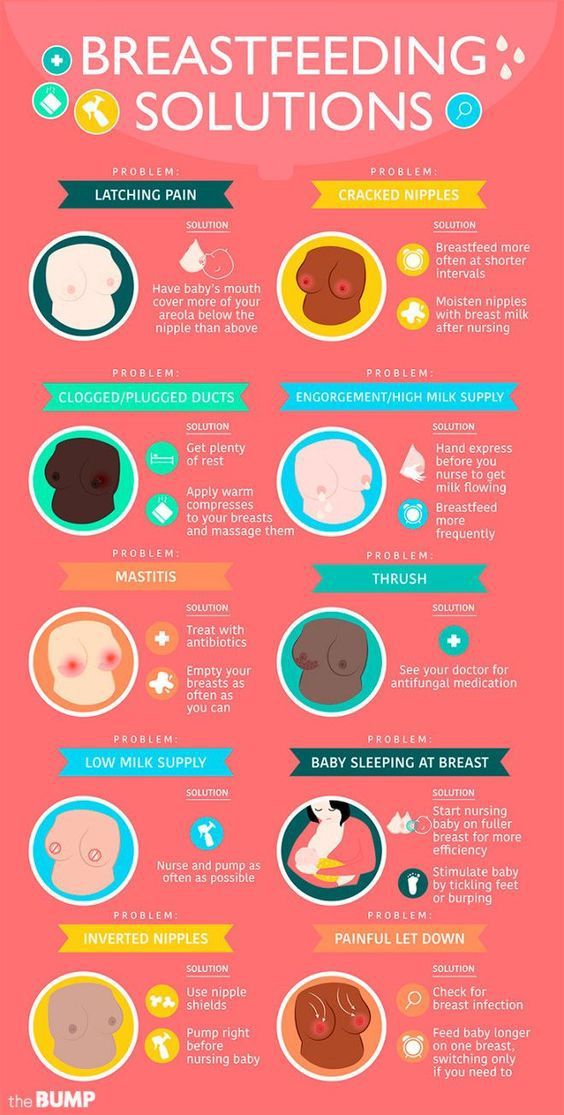 Tea has an astringent effect and can dry out skin even more. Stick to warm water to soothe the affected area.
Tea has an astringent effect and can dry out skin even more. Stick to warm water to soothe the affected area. - Ointments that are not 100% lanolin or not ingestible: Creams that aren’t 100% lanolin can block off the air supply to the nipples. This can delay the healing process. Avoid using nipple creams that are marked non-ingestible, as these can harm the baby if ingested during breastfeeding.
Also, avoid using soap, products with alcohol, or lotions because these products can dry the skin and make cracked nipples worse.
Having cracked nipples is a common condition while breastfeeding, but it can also happen to just about anyone. Cracked nipples can be dry, red, and sore to the touch. Some simple treatments can help you recover from this common postpartum issue. If the nipples are itchy or oozing discharge, it might be a sign of an infection. Make sure to talk to your health care provider for treatment and to rule out anything serious.
Sore, cracked or bleeding nipples
Sore, cracked or bleeding nipples | Pregnancy Birth and Baby beginning of content4-minute read
Listen
Sore, cracked or bleeding nipples are common. Some mothers have such trouble with them that they stop breastfeeding early.
Some mothers have such trouble with them that they stop breastfeeding early.
As a new mother, you may find it could take a few days or weeks to adapt to the strong suck of a healthy baby on your breasts.
It is normal for your breasts to become more sensitive in the first weeks after you have given birth. They may sting, burn, ache or feel tender. Over time, the discomfort and sensitivity should resolve.
If you have sore nipples, it may be that your baby isn’t attaching properly to your breast. This pain usually lasts about half a minute while baby first draws your nipple into their mouth.
Try to make sure your baby’s mouth is attached correctly for suckling from the very first breastfeed.
If you do not correct your baby’s latch, your nipples could be damaged, which causes problems like mastitis (infections).
How to get baby to attach to your breast correctly
- Make sure you are sitting or lying comfortably. Position your baby’s chest against your chest, with their mouth and nose facing your nipple.

- If you are lying down, let your baby’s cheek rest against your breast. If you are sitting up, lift your breast slightly so it does not press on your baby’s chin.
- Position your baby so the first contact point is their chin on your areola — the coloured area around your nipple.
- Bring your baby’s head to your breast, not the breast to baby’s head. Support your baby to move to where they are trying to go — towards your nipple.
- Ensure the nipple and much (or all) of the areola and some surrounding breast are in your baby’s mouth.
After a few rapid gulps, your baby should start to suck and swallow in a regular rhythm. Once you have got the hang of it, breastfeeding can be enjoyable and should not be painful.
How to manage sore nipples
Before putting baby to the breast
Wash your hands and sit in a comfortable position and try to relax. Apply a warm washer to the breast and gently massage or express to help milk flow. Express some milk to soften the areola to lubricate the nipple.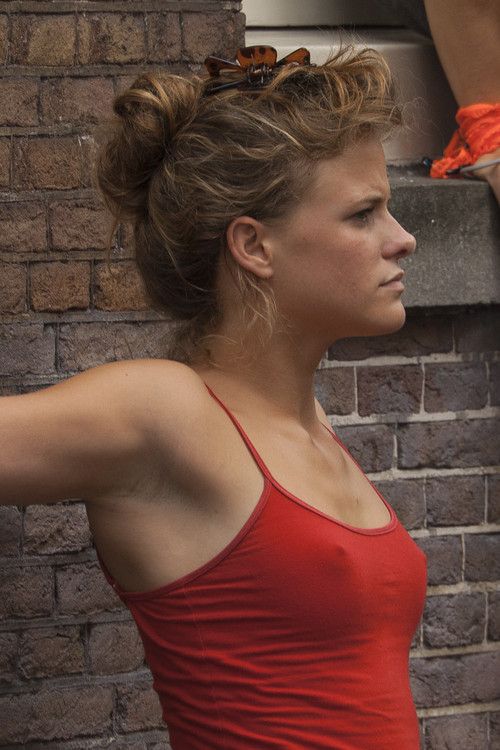
At the breast
Poor attachment is a key cause of sore nipples. Make sure the way your baby latches to your breast is correct. If you are not sure, ask for help from a health professional.
If the attachment feels uncomfortable after 30 seconds, break your baby’s suction by putting your finger in the corner of their mouth. Take your baby off and let them re-latch to your breast. Try different feeding positions. If your nipples are tender, limit your baby’s comfort sucking.
After the breastfeed
Check your nipples for redness and misshapen appearance. Wipe your breasts with clean water and let them dry. It can help to leave your bra off for a while and allow your nipples to air. Make sure your bra fits.
When expressing milk, make sure that the suction on your breast pump is not too strong. If the pain in your nipples increases after the first week, talk to a health professional.
Finding the cause of cracked or bleeding nipples
You will need to work out the source of your nipple problems. The first thing to do is to check if your baby is latching on correctly. You may need to ask a health professional for assistance. They can also check your baby for problems with their lips and tongue and whether you have medical problems like dermatitis or nipple infection. If you use a nipple shield, make sure it is the correct size and if you’re using a breast pump, make sure you’re doing it properly.
The first thing to do is to check if your baby is latching on correctly. You may need to ask a health professional for assistance. They can also check your baby for problems with their lips and tongue and whether you have medical problems like dermatitis or nipple infection. If you use a nipple shield, make sure it is the correct size and if you’re using a breast pump, make sure you’re doing it properly.
How to treat cracked or bleeding nipples
There are a number of things you can do to treat cracked or bleeding nipples.
- Look after your nipples: wash your nipples with water after every feed and clean and sterilise your nipple shield after each feed.
- If you can, continue breastfeeding (it is quite safe for baby to feed on a bleeding nipple). But if it’s too painful, you may need to take your baby off the breast for 24 to 48 hours, rest the nipple and feed your baby expressed breast milk. Gradually reintroduce the breast after resting for a short time and take special care with positioning and attachment.
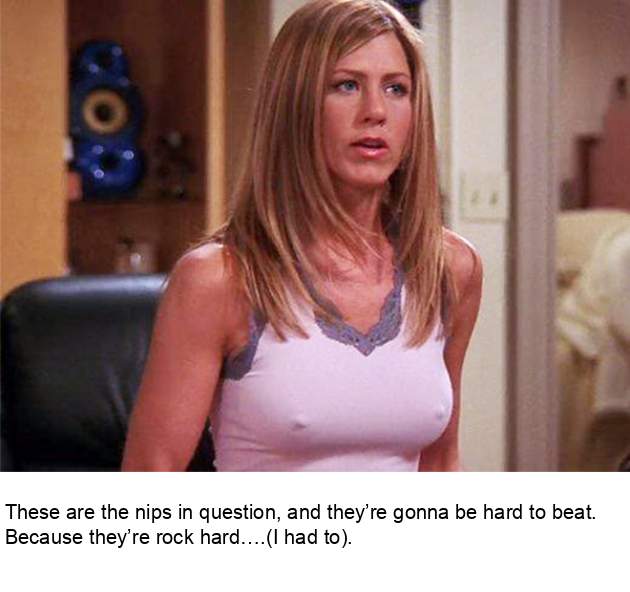
- If you’re going to take pain-relieving medication, talk to your doctor or pharmacist. Many household remedies are ineffective or harmful.
The Australian Breastfeeding Association has more tips on treating sore or cracked nipples.
If you need further help or are experiencing prolonged abnormal breast pain, contact your doctor, lactation consultant, breast feeding counsellor, child health nurse or Pregnancy Birth and Baby on 1800 882 436.
Sources:
Australian Breastfeeding Association (Sore/cracked nipples), Australian Breastfeeding Association (Mastitis), Australian Breastfeeding Association (Attachment to the breast), Raising Children Network (Breastfeeding attachment techniques), Tresillian (Breastfeeding 0-3 months)Learn more here about the development and quality assurance of healthdirect content.
Last reviewed: December 2020
Back To Top
Related pages
- Expressing and storing breast milk
- Breastfeeding your baby
Need more information?
Nipple infections | Australian Breastfeeding Association
About 10% of breastfeeding mothers experience nipple/breast pain (not associated with breast redness or fever) that is often described as one or more of the following: ‘burning’, ‘stabbing’, ‘knife-like’, ‘shooting’, ’sharp’.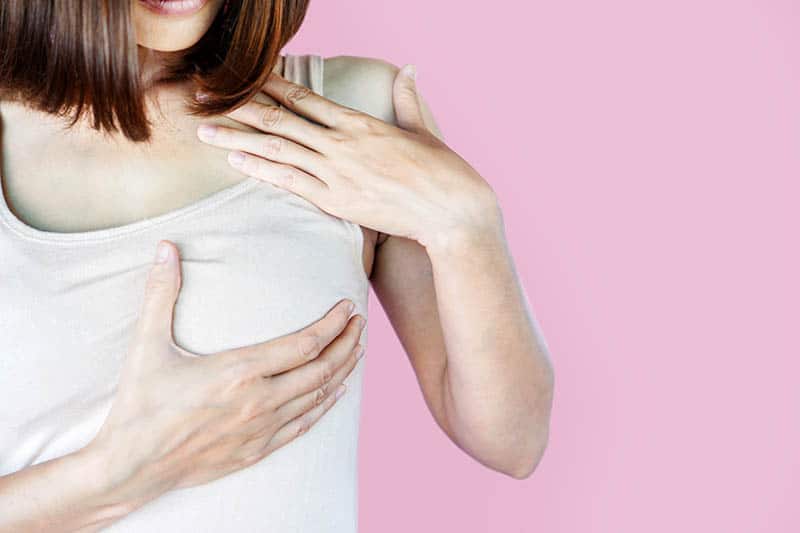 It is possible that such pain is caused by a nipple infection, especially when baby is attaching well to the breast, it is beyond the first week and other causes of nipple pain/trauma have been ruled out (e.g. tongue tie). This article provides information about the causes and symptoms of nipple infection.
It is possible that such pain is caused by a nipple infection, especially when baby is attaching well to the breast, it is beyond the first week and other causes of nipple pain/trauma have been ruled out (e.g. tongue tie). This article provides information about the causes and symptoms of nipple infection.
Read more on Australian Breastfeeding Association website
Sore/cracked nipples | Australian Breastfeeding Association
Mothers are often surprised to find breastfeeding feels more awkward, complicated or painful than they were prepared for. Breastfeeding is a learned skill for mothers. Like with learning any new skill, it can take some time to get the hang of breastfeeding. Sometimes breastfeeding feels difficult because mothers have been given traditional advice to position their babies in a way that feels uncomfortable. Uncomfortable breastfeeding positions can cause your baby to squash the nipple as they feed.
Read more on Australian Breastfeeding Association website
Vasospasm | Australian Breastfeeding Association
Vasospasm happens when blood vessels tighten and go into spasm, so that blood does not flow normally. Mothers with vasospasm of the nipple feel sharp pain, burning or stinging in the nipple. It is usually accompanied by sudden whitening of the nipple, followed by a colour change from red to blue.There are two main causes of nipple vasospasm.It can be a response of the nipple to trauma, if the baby is not attached to the breast well. In this case, it tends to occur following breastfeeds. Attention to how your baby attaches can help resolve this problem.
Read more on Australian Breastfeeding Association website
Breastfeeding – mastitis and other nipple and breast problems - Better Health Channel
Mastitis affects some breastfeeding women and may be caused by blocked milk ducts or a bacterial infection.
Read more on Better Health Channel website
Breastfeeding | Sydney Children's Hospitals Network
Breastfeeding is not always easy and you may have trouble breastfeeding your baby
Read more on Sydney Children's Hospitals Network website
Breastfeeding Advice For Newborn Babies | Tresillian
When establishing breastfeeding good positioning and attachment are key. Here are some tips from Tresillian to help your breastfeed your newborn.
Read more on Tresillian website
Vasospasm and breastfeeding
Vasospasm affects the flow of milk from the nipple and can be a painful condition for women breastfeeding. Learn about vasospasm and how to relieve the pain.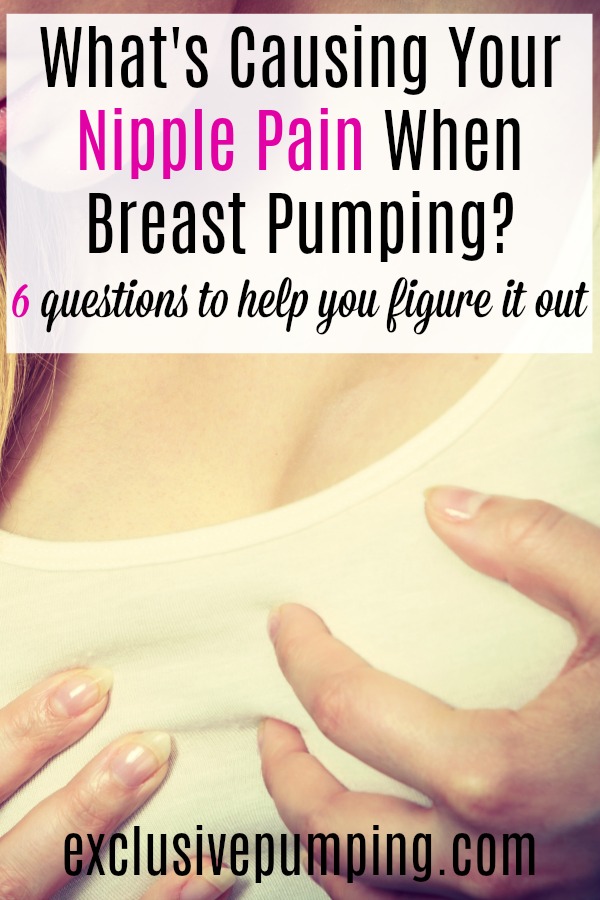
Read more on Pregnancy, Birth & Baby website
Attachment to the breast | Australian Breastfeeding Association
A baby who attaches well to the breast can help prevent many breastfeeding problems. The well-attached baby causes no nipple pain and drains the breast well. This helps ensure a good milk supply so the baby grows well. In this article you can find out how to attach your baby well using different techniques and holds, including baby-led attachment, the cradle hold, the underarm (football) hold and lying down.
Read more on Australian Breastfeeding Association website
Breast milk expressing - MyDr.com.au
There are a number of reasons why a breast feeding mother might wish to express milk rather than feeding the baby directly from the breast.
Read more on myDr website
Breastfeeding
Breastfeeding is learnt over the first weeks and months of your child’s life. It is a unique and special experience for families as no two mothers or babies are the same.
Read more on Karitane website
Disclaimer
Pregnancy, Birth and Baby is not responsible for the content and advertising on the external website you are now entering.
OKNeed further advice or guidance from our maternal child health nurses?
1800 882 436
Video call
- Contact us
- About us
- A-Z topics
- Symptom Checker
- Service Finder
- Linking to us
- Information partners
- Terms of use
- Privacy
Pregnancy, Birth and Baby is funded by the Australian Government and operated by Healthdirect Australia.
Pregnancy, Birth and Baby is provided on behalf of the Department of Health
Pregnancy, Birth and Baby’s information and advice are developed and managed within a rigorous clinical governance framework. This website is certified by the Health On The Net (HON) foundation, the standard for trustworthy health information.
This site is protected by reCAPTCHA and the Google Privacy Policy and Terms of Service apply.
This information is for your general information and use only and is not intended to be used as medical advice and should not be used to diagnose, treat, cure or prevent any medical condition, nor should it be used for therapeutic purposes.
The information is not a substitute for independent professional advice and should not be used as an alternative to professional health care. If you have a particular medical problem, please consult a healthcare professional.
Except as permitted under the Copyright Act 1968, this publication or any part of it may not be reproduced, altered, adapted, stored and/or distributed in any form or by any means without the prior written permission of Healthdirect Australia.
Support this browser is being discontinued for Pregnancy, Birth and Baby
Support for this browser is being discontinued for this site
- Internet Explorer 11 and lower
We currently support Microsoft Edge, Chrome, Firefox and Safari. For more information, please visit the links below:
- Chrome by Google
- Firefox by Mozilla
- Microsoft Edge
- Safari by Apple
You are welcome to continue browsing this site with this browser. Some features, tools or interaction may not work correctly.
Cracked nipples | Medela
Amir, L.H. ABM Clinical Protocol #4: Mastitis, Revised March 2014. Breastfeed Med 9, 239–243 (2014). - Amir L.Kh., "AVM Clinical Protocol #4: Mastitis", revised March 2014 Brestfeed Med 9 (Breastfeeding Medicine) 239–243 (2014).
Jacobs, A. et al. S3-Guidelines for the Treatment of Inflammatory Breast Disease during the Lactation Period: AWMF Guidelines, Registry No. 015/071 (short version) AWMF Leitlinien-Register Nr. 015/071 (Kurzfassung). Geburtshilfe Frauenheilkd . 73, 1202–1208 (2013). - Jacobs A. et al., "Recommendations S -3 for the management of inflammatory breast disease during breastfeeding: guidelines AWMF , registration number 015/071 (abbreviated version)" Leitlinjen- Registration number 015/071 (Kurzfassung). Geburtschilde Frauenheilkd. 73, 1202–1208 (2013).
et al. S3-Guidelines for the Treatment of Inflammatory Breast Disease during the Lactation Period: AWMF Guidelines, Registry No. 015/071 (short version) AWMF Leitlinien-Register Nr. 015/071 (Kurzfassung). Geburtshilfe Frauenheilkd . 73, 1202–1208 (2013). - Jacobs A. et al., "Recommendations S -3 for the management of inflammatory breast disease during breastfeeding: guidelines AWMF , registration number 015/071 (abbreviated version)" Leitlinjen- Registration number 015/071 (Kurzfassung). Geburtschilde Frauenheilkd. 73, 1202–1208 (2013).
American Academy of Pediatrics and The American College of Obstetricians and Gynecologists. Breastfeeding handbook for physicians 2006). - American Academy of Pediatrics and American College of Obstetrics and Gynecology. "Medical Guide to Breastfeeding", 2006.
Lawrence , R . A . & Lawrence , R . M . Breastfeeding : a guide for the medical profession ( Elsevier Mosby , Maryland Heights , MO , 2011). - Lawrence R.A., Lawrence R.M., "Breastfeeding: A guide for healthcare professionals." (Publisher Maryland Heights , Missouri, USA: Elsevier Mosby; 2011.)
A . & Lawrence , R . M . Breastfeeding : a guide for the medical profession ( Elsevier Mosby , Maryland Heights , MO , 2011). - Lawrence R.A., Lawrence R.M., "Breastfeeding: A guide for healthcare professionals." (Publisher Maryland Heights , Missouri, USA: Elsevier Mosby; 2011.)
McClellan, H.L. et al. Infants of mothers with persistent nipple pain exert strong sucking vacuums. Paediatica 97, 1205–1209 (2008). — McClellan H.L. et al., "Babies of mothers suffering from persistent nipple pain create extremely high sucking vacuums." Pediatrics 97, 1205–1209 (2008).
McClellan, H.L. et al. Breastfeeding frequency, milk volume, and duration in mother-infant dyads with persistent nipple pain. Breastfeed Med 7, 275–281 (2012). — McClellan H.L. et al., "Breastfeeding frequency, milk quantity and duration of feedings in case of persistent maternal nipple soreness", Brestfeed Med (Breastfeeding Medicine) 7, 275–281 (2012).
McClellan, H.L. et al. Nipple pain during breastfeeding with or without visible trauma. J Hum Lact 28, 511–521 (2012). — McClellan H.L. et al., "Nipple pain during breastfeeding with or without visible lesions." J Hum Lakt (Journal of the International Association of Lactation Consultants" 28, 511–521 (2012).
Hale, T.W., & Rowe H.E., Medications and mothers' Milk 2014 (Hale Publishing, Plano, 2014). - Hale T . and Row X .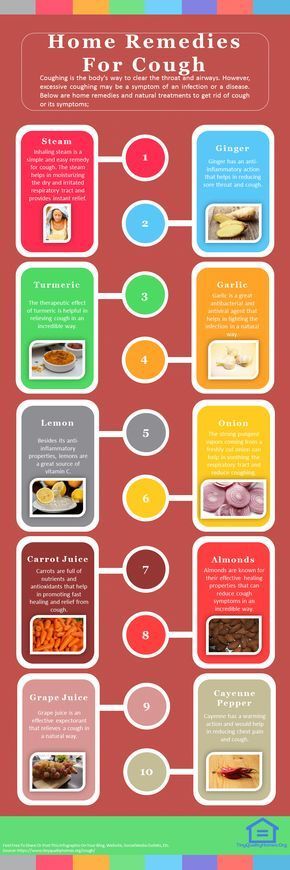 and ., " medicinal Preparations in Maternal milk ". Publishing Hale
and ., " medicinal Preparations in Maternal milk ". Publishing Hale
Nipple fissure: Methods of treatment - ProMedicina Ufa
Nipple fissure - a defect, damage to the integrity of the skin on the nipples of the mammary glands. It is manifested by a sharp soreness with irradiation to the shoulder blade when feeding a child. It can be complicated by infection of wounds, the development of candidiasis on the nipple, mastitis. If cracks become infected, there is a risk of infection of the child during feeding.
Treatment of cracked nipples begins with the elimination of their cause. In parallel, they carry out the prevention of their infection, use means that promote the speedy healing.
Causes
The main reason for the appearance of cracks is the lack of breastfeeding during feeding. When properly applied to the breast, the nipple rests against the baby's palate in a fixed motionless position, the child squeezes the areola with its jaws, contributing to the outflow of milk. In this case, the lower lip of the child is tucked up. If the nipple is not inserted to the proper depth, then it ends up on the tongue, gaining mobility, the lower lip injures the nipple and areola, and the jaws compress the breast in the most sensitive and easily damaged place. As a result of constant irritation of the nipple and areola areas, damage to the skin occurs - cracks form.
When properly applied to the breast, the nipple rests against the baby's palate in a fixed motionless position, the child squeezes the areola with its jaws, contributing to the outflow of milk. In this case, the lower lip of the child is tucked up. If the nipple is not inserted to the proper depth, then it ends up on the tongue, gaining mobility, the lower lip injures the nipple and areola, and the jaws compress the breast in the most sensitive and easily damaged place. As a result of constant irritation of the nipple and areola areas, damage to the skin occurs - cracks form.
The second most common cause of cracked nipples can be improper weaning. Often, when feeding, mothers do not support the child's head, and also place his stomach not towards himself, but up. As a result, at the end of feeding, the child turns away from the breast, pinching the nipple in the jaws. There is pressure on areas of the nipple that are not intended for this.
Another common cause is washing your nipples too often. Modern medicine does not support the need to wash the breast after each feeding. With frequent washing, the nipples are washed off their natural lubricant, which is secreted by special glands in the skin of the areola (Montgomery's glands) and the nipples lose one of their natural protective mechanisms.
Modern medicine does not support the need to wash the breast after each feeding. With frequent washing, the nipples are washed off their natural lubricant, which is secreted by special glands in the skin of the areola (Montgomery's glands) and the nipples lose one of their natural protective mechanisms.
Fissures can also develop when feeding older children as a result of bites from erupted teeth.
The development of thrush contributes to the occurrence of cracked nipples.
Symptoms
Symptoms that may appear both in the early periods of feeding and later:
- single or multiple lesions of the skin of the breast, nipples and areals;
- surface cracks that will show up on contact with underwear;
- subcutaneous fissures, characterized by severe pain;
- bleeding;
- slight suppuration;
- increased sensitivity and soreness of the nipples;
- Excessively dry skin around the nipples and areolas.

Even if you notice that at least one of the above symptoms appears from time to time and then disappears, this can also be an important signal of a possible infection or the presence of any other disease.
Treatment of cracked nipples
If it is a small cracked nipple, treatment can be started at home. The first step is to prevent infection. Change your underwear every day, iron your bra after washing with a hot iron. Put disposable sterile pads inside the bra and change them when they become damp.
Do not wash your breasts after each feeding, so as not to violate the natural protection. Mother's milk itself is a good antiseptic, so it can be used as a cream for cracked nipples, squeezing a few drops after feeding. Be sure to let the milk dry, hold your chest open for a few minutes.
Previously, when nipple cracks appeared, treatment was started with brilliant green. You should not do this, as it has been proven that brilliant green is quite toxic.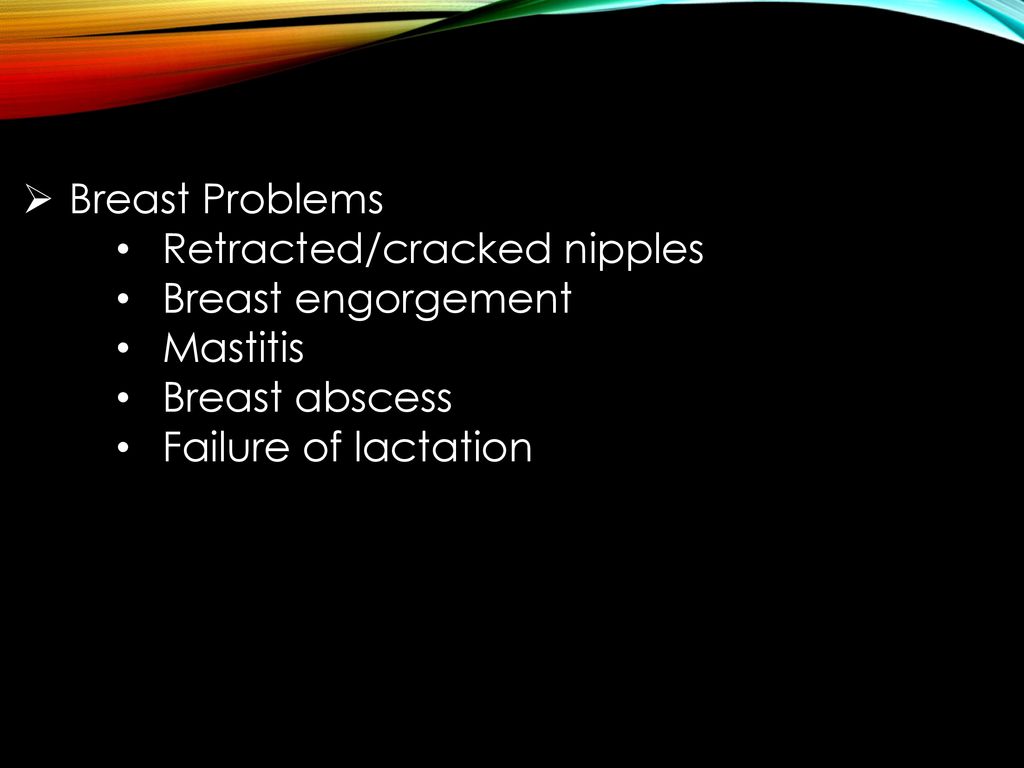 It is better to use a methylene blue aqueous or alcohol solution as an antiseptic, this antiseptic will also serve to prevent thrush in a child. It should be noted that antiseptics cannot solve the problem of how to treat nipple cracks, they only prevent infection.
It is better to use a methylene blue aqueous or alcohol solution as an antiseptic, this antiseptic will also serve to prevent thrush in a child. It should be noted that antiseptics cannot solve the problem of how to treat nipple cracks, they only prevent infection.
Cracked nipples can be lubricated with castor oil to soften the skin and heal quickly. It can be replaced with sea buckthorn or rosehip oil. Oil is applied to cracked nipples after feeding. Be sure to wait until it dries, and only then put on a bra.
Compresses for cracked nipples can be made from butter and applesauce. Apples need to be rubbed on a grater, add butter to them in a ratio of 1: 1 and attach to the chest. Hold the compress for 2-3 hours.
Kalanchoe or aloe juice has an excellent healing effect. The leaves of the plants are cut in half and smeared with pulp on the cracks in the nipples. Juice can be squeezed out and compresses can be made from it.
Cracked nipples during feeding can also be treated with products from a pharmacy.
